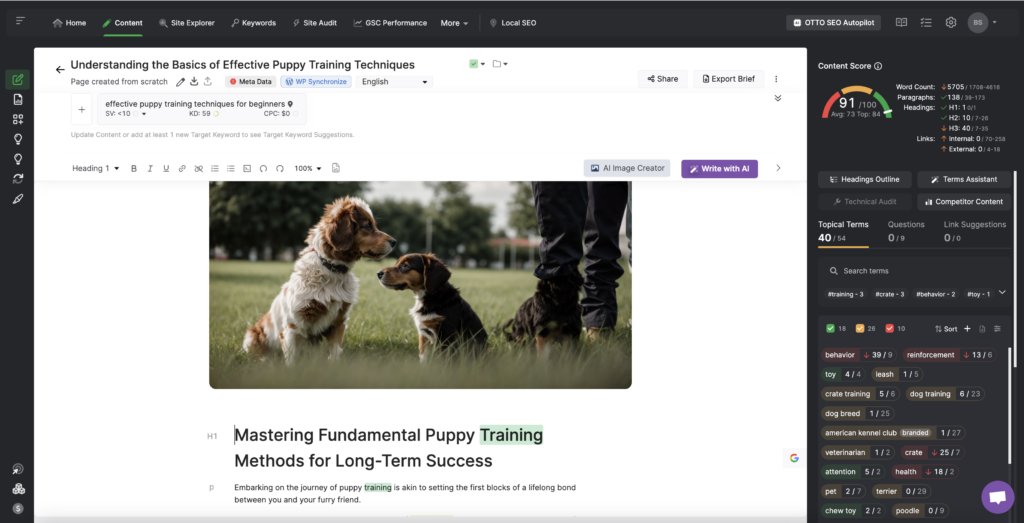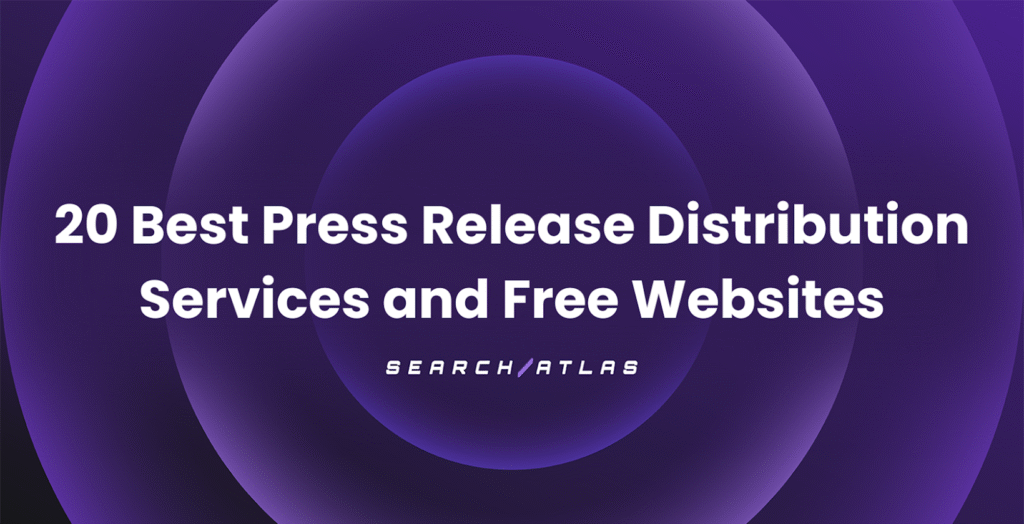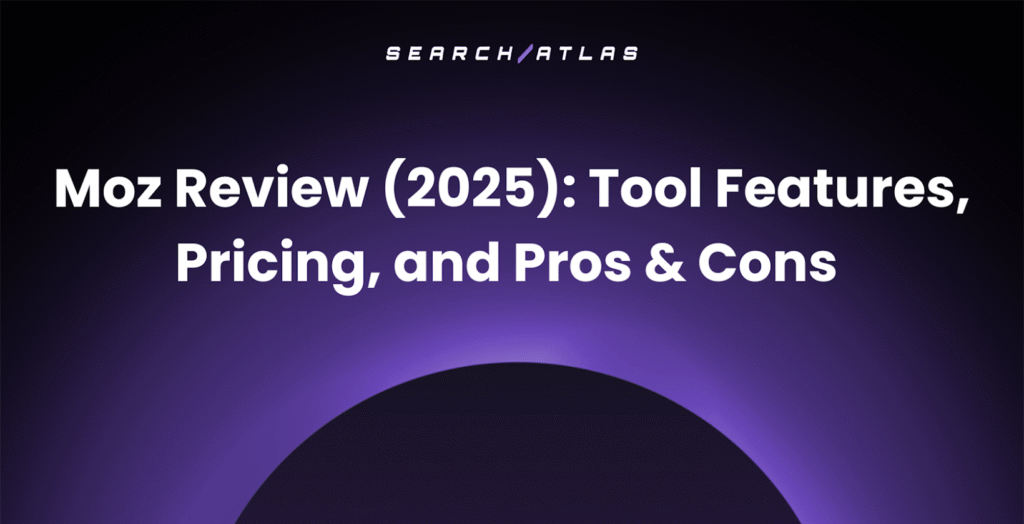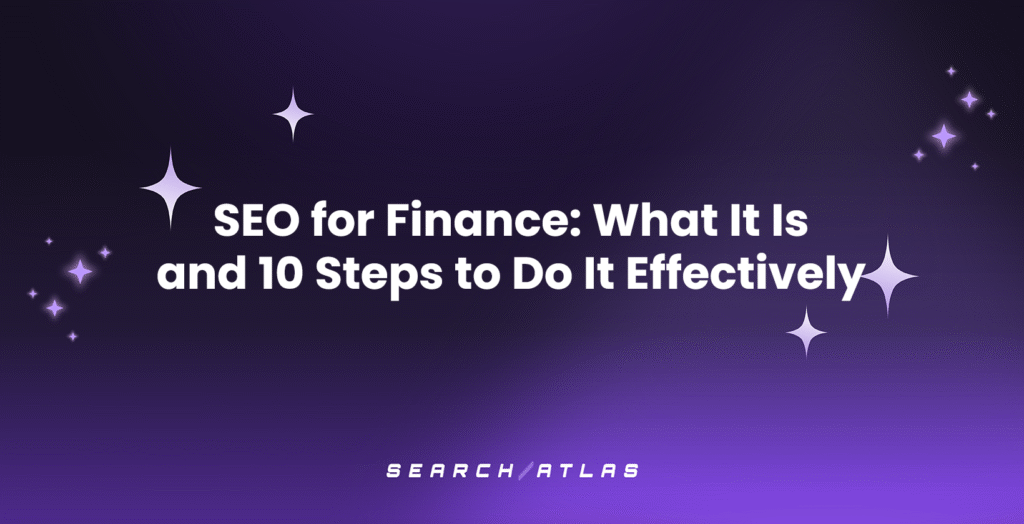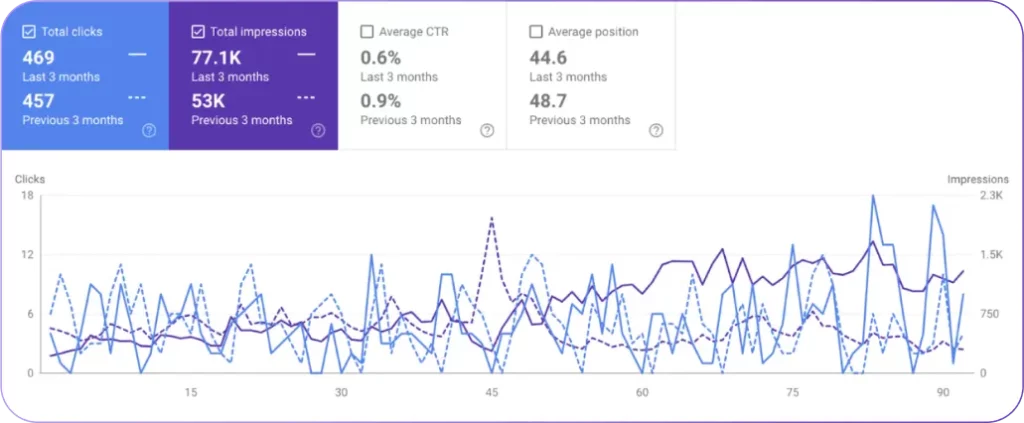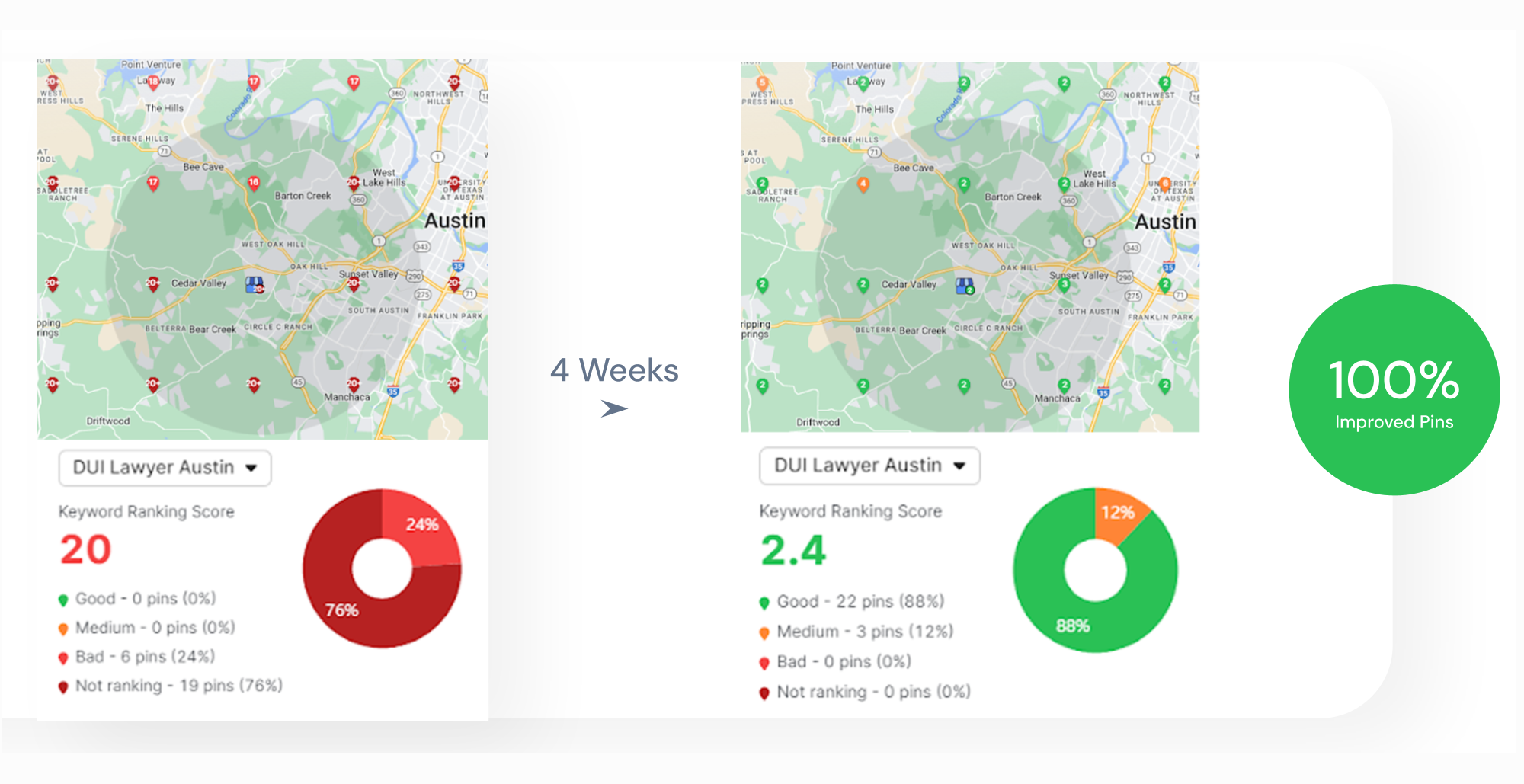Want to know the most timeless SEO strategy that consistently delivers results, regardless of algorithm updates? It’s the perfect harmony between SEO and user experience (UX).
Since its inception, Google consistently prioritizes websites that provide the most satisfying journey for their visitors. User experience remains its north star, influencing every algorithm update and ranking factor. 📈
But understanding UX in the context of SEO goes far beyond a simple metric like page speed. It’s about creating an ecosystem where technical optimization meets human-centered design.
Let’s explore the essential steps and tools that will help you create a website that both Google and your visitors will love.
What Is SEO and UX?
Search Engine Optimization (SEO) improves your website’s visibility in search results, while User Experience (UX) refers to how people feel and interact when using a website.
When done right, UX design creates an intuitive, enjoyable journey that keeps visitors engaged, encourages return visits, and drives conversions. 🚀

Great UX encompasses everything from navigation and loading speed to content presentation and content quality. When these elements work together, they create a powerful foundation for both search engine rankings and user satisfaction.

How User Experience Affects SEO
Google analyzes how each page is presented, rendered, and used by visitors. The way users experience your website directly influences its search engine rankings.
Here are three key areas where UX and SEO work together:
- Sites delivering exceptional experiences keep visitors engaged longer and encourage more interaction. Search engines use these engagement metrics to determine content quality and relevance.
- A well-executed UX improves technical SEO through faster loading times and mobile-friendly design. This leads to better site crawling, improved indexing, and stronger search rankings.
- When users consistently return to your website, search for your brand, and share your content, it creates sustained SEO benefits through organic traffic growth.
The Benefits of Integrating UX With SEO
When these two elements work together, they create a powerful foundation that not only boosts your rankings but also benefits your entire branding strategy:
- Deliver what users want: By understanding user intent and designing pages to cater to it, you ensure visitors find exactly what they’re looking for.
- Trust development: When content and design align with customer expectations, visitors are more likely to trust your brand. In fact, 75% of customers will judge a website’s credibility based on its visuals.
- Market leadership: Consistently delivering better experiences establishes your brand as a market leader in its domain. Over time, this translates into increased market share.
- Revenue growth: UX naturally guides visitors toward purchasing decisions, whether that’s investing in premium products, subscribing to exclusive services, or becoming brand advocates.
5 UX SEO Best Practices to Improve Rankings and Conversions
Every business requires a unique approach to UX goal-setting. However, certain fundamental principles can guide you toward establishing effective and measurable objectives. 🎯
Step 1: Set Your UX Goals From the Start
Your UX strategy should incorporate both measurable metrics and qualitative insights. Finding the right balance between these elements helps create comprehensive performance targets.
Examples of Quantitative UX Goals
- Increase Conversion Rate: Number of users who complete key actions, such as newsletter subscriptions or product purchases.
- Reduce Abandonment Rate: Number of users discontinue their journey through your platform.
- Minimize Problems and Errors: Number of obstacles or pains in the user journey.
Examples of Qualitative UX Goals
- Improve user satisfaction levels: Increase overall user experience across the whole website and buyer journey.
- Enhance emotional response: Promote position emotions or minimize negative emotions while using your website.
Step 2: Evaluate UX Metrics to Make Data-Driven Decisions
The most relevant metrics to track are the so-called user behavior metrics. They serve as crucial indicators of how well your content resonates with visitors and fulfills their search intentions, as well as boost your SEO performance.
Some critical metrics you need to monitor and optimize include:
- Dwell time: It’s the length of time visitors spend exploring your content before returning to search results.
- Bounce rate: The percentage of visitors who leave your site after viewing just a single page.
- User engagement: The way users move through and interact with your website’s content
- Pages per sessions: The number of different pages visitors explore during a single website visit
Step 3: Blend UX and SEO Content Strategies to Get the Most Value From Each Effort
Creating content that captivates readers, keeping them glued to every word, from the first sentence to the last. Here are some tips on how to do it:
- Engagement through Quality: Create valuable, well-written content that naturally encourages longer page visits.
- Language Analysis: Understand and use industry-specific terminology that resonates with your target audience. This alignment improves both SEO and user experience.
- Content Structure: Use clear headings and subheadings to organize information and help both users and search engines navigate content efficiently.
- Intent Research: Match content with user search intent. Users seek solutions, often without knowing exactly what they need. Understanding their intent is key to delivering relevant content.
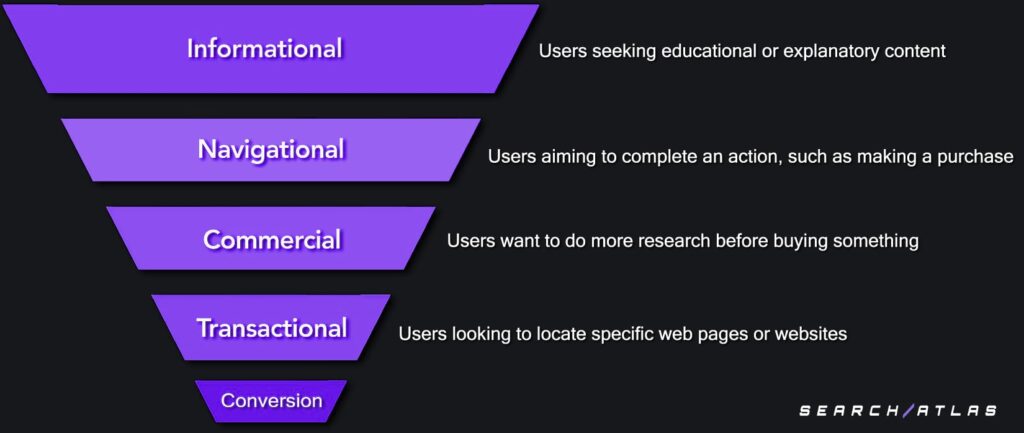
Step 4: Optimize Your Pages For Effortless Navigation
With better navigation, users find information quickly and easily, which means they convert faster. Optimizing pages for navigation reduces bounce rates, increases engagement, and boosts conversions.
And like we mentioned earlier, we know search engines prioritize user-friendly sites, so better UX also enhances SEO, improving rankings and visibility in search results. Here are a few ways you can improve your navigation.
Create a User-Friendly Web Page Layout
Develop a clean, intuitive navigation system. Place essential elements in familiar locations and incorporate clear call-to-action (CTA) buttons to improve engagement. This also includes meta tag optimization to give search engines everything to easily rank your content.
Don’t make users guess and monitor page engagement to find any click or scroll issues. One small thing could have them hitting the back button in a hurry. 💨
Improve Page Load Time
Fast-loading pages are critical for both user satisfaction and SEO rankings. Slow site speed can lead to higher bounce rates and negatively impact search rankings.
To optimize page load time:
- Use images with defined dimensions
- Implement the WebP image format as recommended by Google
- Utilize Google’s PageSpeed Insights to identify and address performance issues
- Conduct Core Web Vitals assessments regularly
Simplify Site Navigation
Create an intuitive site architecture that helps users find information quickly, regardless of their entry point. We recommend implementing a flat hierarchy where every page is accessible within 3-4 clicks from the homepage.
Also, ensure all pages have internal links pointing to them, making the pages easy for the users and Google to find.
Optimize for Mobile
The majority of users are accessing the internet on their phones, so why wouldn’t you prioritize navigation for mobile users? Work with your devs or designers to ensure you have a responsive web design that adapts to various screen sizes and devices.
You can check out Google Webmasters Mobile-First Indexing break down to get even more insights.
Step 5: Perform Ongoing Testing to Iterate and Elevate
Continuous website testing is essential for optimizing performance and user experience.
Using A/B testing is an effective method to identify impactful UX improvements. This approach involves creating two versions of a web page and presenting them to different user groups.
By analyzing the performance metrics of each variant, you determine which version yields better results and implement the winning design. 🏆
For SEO optimization, apply changes to specific pages and monitor their impact on search rankings.
6 SEO User Experience Tools to Streamline Your Efforts
Now that you’ve got the framework, it’s time to put your learnings into action and find the right tools to get you started. Each SEO UX tool offers unique features and strengths, tailored to different needs and strategies.
It’s important to select the SEO UX tool that best aligns with your specific goals.
1. Search Atlas
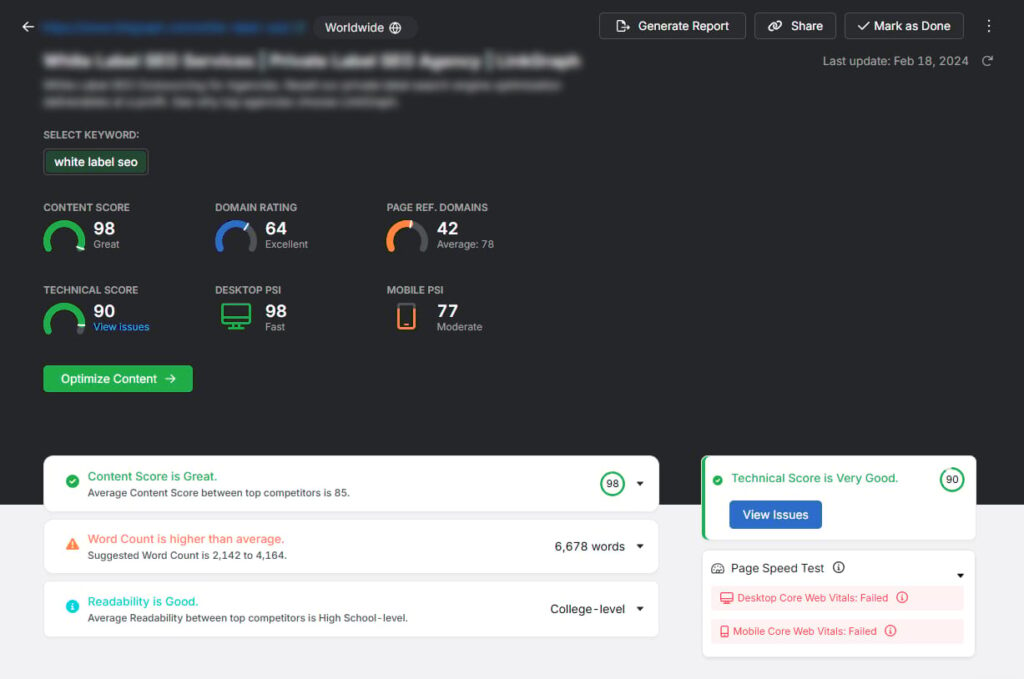
Search Atlas is an all-in-one suite that combines the essential tools of SEO and UX in one comprehensive dashboard.
The platform seamlessly analyzes content quality, identifies on-page optimization opportunities, and monitors technical SEO elements, including Core Web Vitals—all in real-time.
What sets Search Atlas apart is its holistic approach to UX improvement. The platform doesn’t just identify problems; it shows you how different elements interact and impact your overall user experience.
Connect Google Analytics 4 (GA4) and Google Search Console (GSC) to Search Atlas and use the Reporting Tool to automatically generate comprehensive reports combining user behavior metrics and SEO performance data.
With all metrics accessible in one unified report, it’s easy to track how UX improvements impact SEO performance and make data-driven decisions.
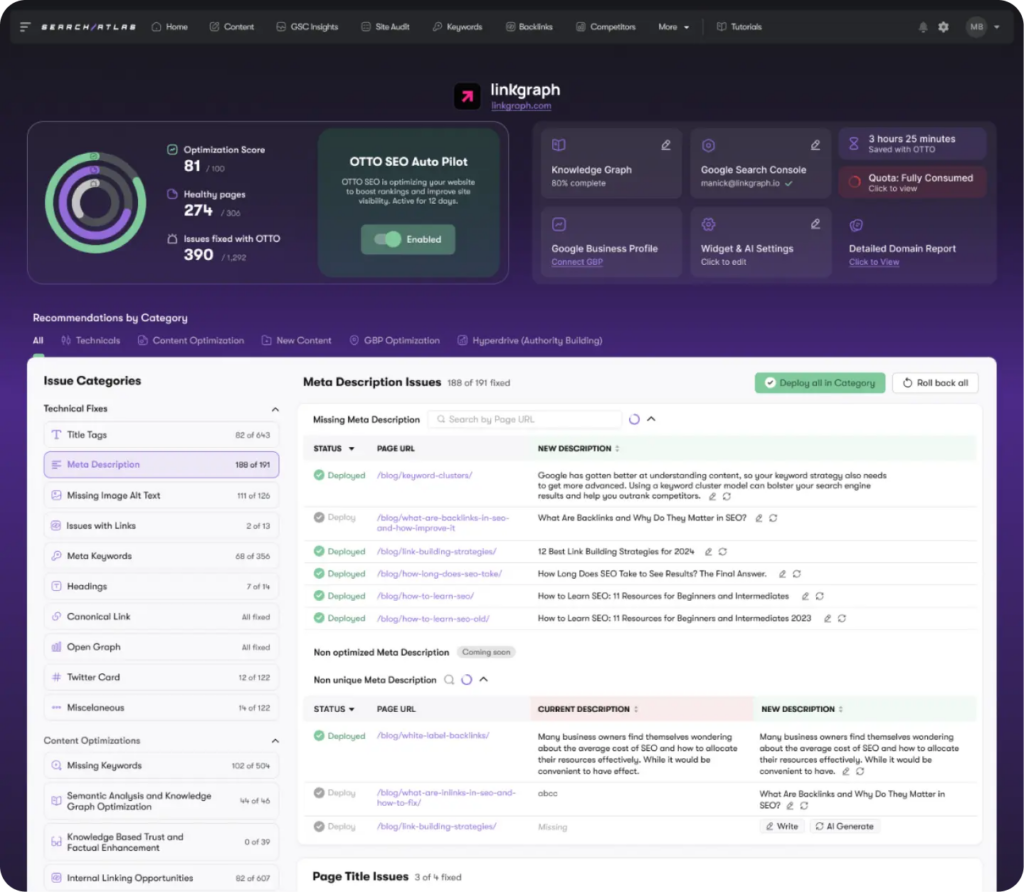
Automate your UX and SEO efforts with OTTO, Search Atlas’s AI assistant that continuously monitors performance and adjusts implementations in real-time. Unlike traditional tools that only suggest changes, OTTO actively deploys the UX SEO best practices to your website, from content restructuring to technical fixes.
Pros
- Enterprise SEO Suite for a fraction of the price compared to others options available in the market
- Most comprehensive SEO and UX reporting tool
- Advanced AI capabilities and integrations
- All plans comes with at least one free OTTO activation
Cons
- Inflexible pricing plans, but great cost-effectiveness for the tools provided.
- Some users say they need to adjust OTTO AI’s quota usage or else they run out of AI quota fast.
Pricing
| Starter plan for $99 monthly | Growth plan for $199 monthly | Pro plan for $399 monthly | Enterprise: Custom | |
| Free OTTO Activation | 1 | 1 | 3 | Custom |
| User Seats | 2 | 3 | 5 | Custom |
| GSC Sites | 5 | 15 | 100 | Custom |
| Regular AI Quota | 100 | 250 | 99999 | Custom |
| Onpage In-Depth Audits | 40 | 100 | 200 | Custom |
2. Google Analytics 4
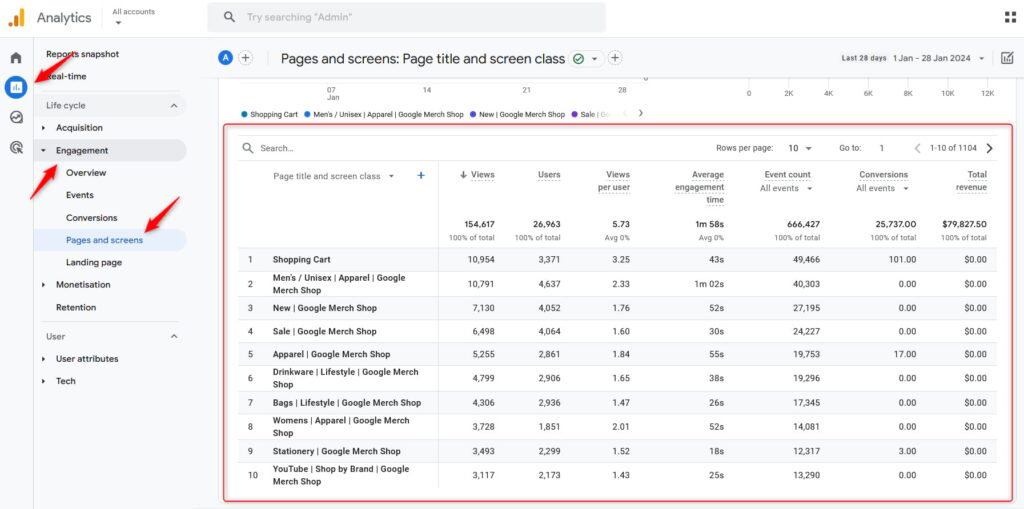
Simply put, Google Analytics (GA) is a platform that collects data from websites and apps to provide insights for your business. It uses tracking codes and systems to gather data as users visit and interact with the website or application.
The platform automatically displays valuable metrics through its reporting tools as it collects data and other information.
Pros
- Allows users to create custom reports
- Allow you to view web and app data simultaneously
Cons
- Interface comes with a learning curve, making it difficult to new users to leverage it
- Is only able to collect limited data, meaning the picture that GA4 data gives of users’ interactions
Pricing
Free Google’s Tool
3. Google Search Console
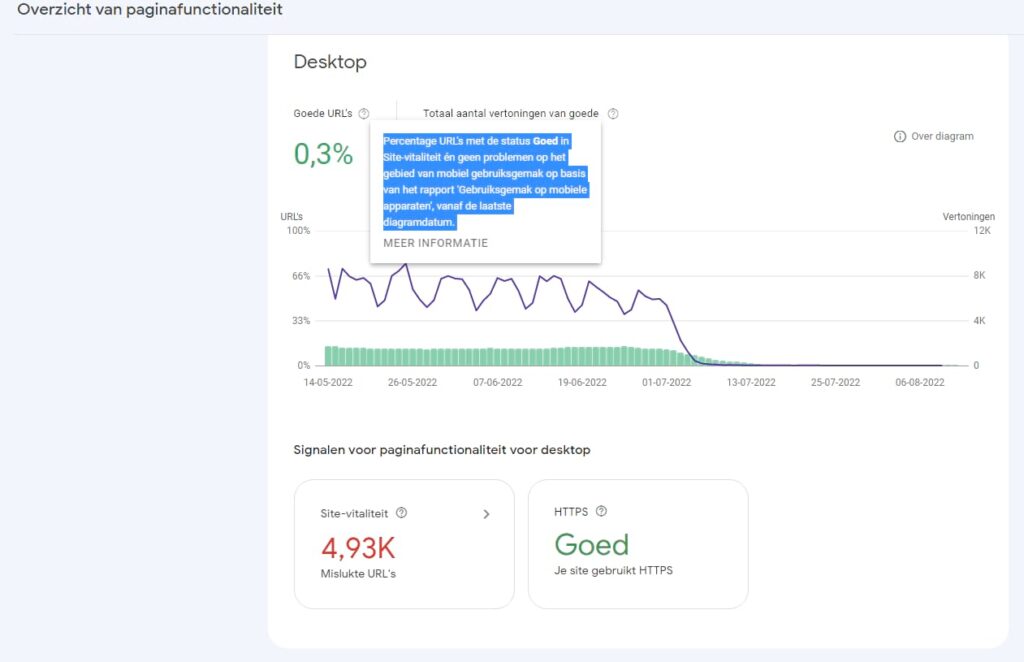
Google Search Console provides reports based on data collected from the Chrome User Experience Report (CrUX). This tool offers valuable insights into how your website performs on Google Search, allowing you to identify potential issues and optimize your site for better visibility.
Pros
- Provides notifications if any crawl errors occur on your site, such as broken links or server issues
- Detailed performance reports
Cons
- Limited customization options
- Does not offer real-time data on user behavior or site performance
Pricing
Free Google’s Tool
4. Hotjar
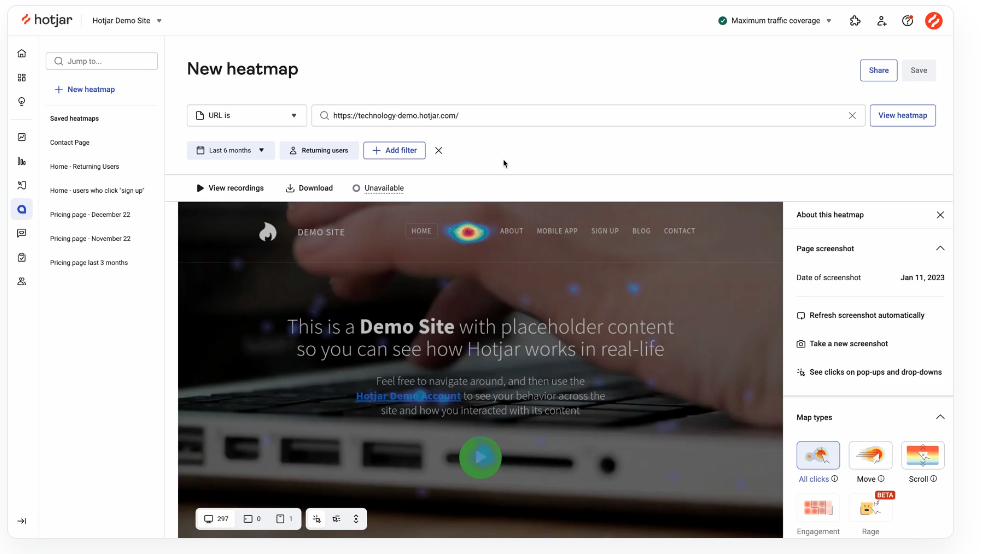
Hotjar visualizes user behavior through heatmaps, showing exactly how visitors interact with your website. Beyond traditional analytics, it reveals click patterns and friction points while enabling user feedback through surveys.
This visual approach to user behavior analysis helps businesses quickly identify and fix UX issues.
Pros
- Users says its easy to install and to use
- Provides recordings of user sessions
Cons
- Some users seem to miss recording organic traffic, not being suitable for an SEO strategy
- May require a learning curve for users who are new to analytics tools
Pricing
- Basic plan: Free – Up to 35 daily sessions
- Plus plan: $32/month – Up to 100 daily sessions
- Business plan: $80/month – Up to 500 daily sessions
- Scale plan: $171/month – Up to 500 daily sessions and includes more tools
5. CrazyEgg
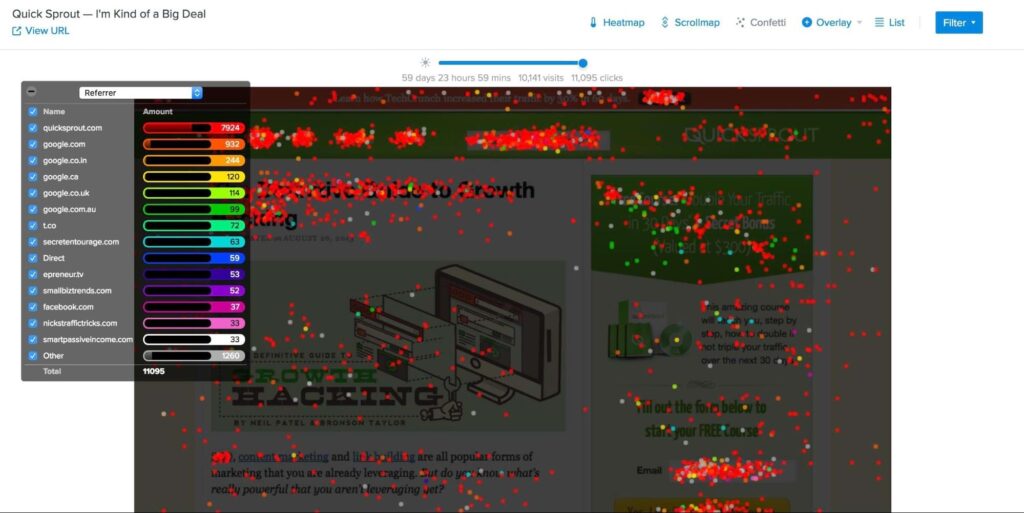
Crazy Egg is website optimization software that helps you better understand the customer journey, identify various user struggles, and fix errors impacting your site’s conversions.
With Crazy Egg, you can analyze your website traffic, run experiments, and improve the user experience and your site’s performance, helping you avoid common SEO mistakes.
Pros
- Provides A/B testing tools to let you run experiments
- Integrates with third-party tools like WordPress, Wix, Shopify, Segment, Google Tag Manager, and more
Cons
- The premium pricing can get more expensive as you scale your analytics needs
- Limited capabilities, as it doesn’t capture every user session on your website. Instead, they sample your traffic
Pricing
- Plus plan: $99/month – 150,000 tracked pageviews, 75 snapshots,1000 recordings
- Pro plan: $249/month – 500,000 tracked pageviews, 100 snapshots, 5000 recordings
- Enterprise plan: $499/month – 1,000,000 tracked pageviews, 200 snapshots, 10,000 recordings
6. Screaming Frog
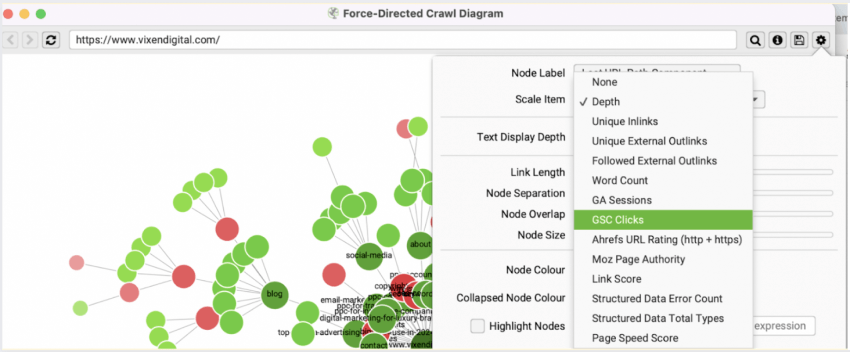
Screaming Frog is a website crawler that scans your entire site to collect comprehensive SEO data. It analyzes everything from broken links to meta descriptions, providing real-time insights that help you identify and fix SEO issues quickly.
Pros
- Whether you’re an SEO expert or not, many say it’s easy to use and configure
- Segmented reporting allows experienced users to zero in on specific issues
Cons
- It’s a local software, meaning it’s not suitable for online teams
- Interface is dated and there’s a learning curve to know where to find different views and data
Pricing
- Free version – crawl 500 urls
- Paid version: $259/yearly – unlimited crawl limit and other tools
Holistic SEO is Where SEO User Experience Meets Complete Optimization
How user experience affects SEO? UX is an integral part of a comprehensive optimization strategy called Holistic SEO. Modern SEO success requires a balanced approach across multiple pillars: user experience, content quality, technical performance, and authority building.
Each element supports and enhances the others, creating a strong foundation for sustainable search visibility and genuine user engagement.
Search Atlas is specifically designed to provide all the tools you need to excel in every aspect of SEO. Start your free trial today and experience our power! ⚡


